TRIFLUOROACETALDEHYDE HYDRATE
- CAS NO.:421-53-4
- Empirical Formula: C2H3F3O2
- Molecular Weight: 116.04
- MDL number: MFCD00046626
- EINECS: 207-006-4
- SAFETY DATA SHEET (SDS)
- Update Date: 2025-09-25 17:15:13
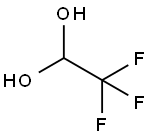
What is TRIFLUOROACETALDEHYDE HYDRATE?
Chemical properties
colourless liquid
The Uses of TRIFLUOROACETALDEHYDE HYDRATE
Trifluoroacetaldehyde monohydrate is used as an agricultural chemical, a drug and therapeutic agent, a fungicide, bactericide, and wood preservative.
The Uses of TRIFLUOROACETALDEHYDE HYDRATE
One general application of trifluoroacetaldehyde is the preparation of trifluoroethylamino derivatives via reductive amination reaction. This synthesis includes the formation of the corresponding N,O-acetal intermediates followed by their reduction using NaBH4?or 2-picoline borane complex, affording the target trifluoroethylamino compounds in moderate to good yields. Another general application of trifluoroacetaldehyde is the synthesis of chiral α-substituted trifluoroethylamino compounds.
What are the applications of Application
Trifluoroacetaldehyde, solution is a reagent used in the synthesis of GABAB activators
Safety Profile
Moderately toxic by ingestion,intravenous, and intraperitoneal routes. When heated todecomposition it emits very toxic fumes of F??.
Properties of TRIFLUOROACETALDEHYDE HYDRATE
| Melting point: | 69-70℃ |
| Boiling point: | 104-106°C |
| Density | 1,4 g/cm3 |
| RTECS | KI2850000 |
| refractive index | 1.33 |
| Flash point: | 104-106°C |
| pka | 10.22±0.41(Predicted) |
| form | clear liquid |
| color | Colorless to Almost colorless |
| Water Solubility | Soluble in water. |
| CAS DataBase Reference | 421-53-4(CAS DataBase Reference) |
| EPA Substance Registry System | 1,1-Ethanediol, 2,2,2-trifluoro- (421-53-4) |
Safety information for TRIFLUOROACETALDEHYDE HYDRATE
| Signal word | Danger |
| Pictogram(s) |
 Flame Flammables GHS02  Corrosion Corrosives GHS05  Exclamation Mark Irritant GHS07 |
| GHS Hazard Statements |
H225:Flammable liquids H302:Acute toxicity,oral H315:Skin corrosion/irritation H317:Sensitisation, Skin H318:Serious eye damage/eye irritation H335:Specific target organ toxicity, single exposure;Respiratory tract irritation |
| Precautionary Statement Codes |
P210:Keep away from heat/sparks/open flames/hot surfaces. — No smoking. P261:Avoid breathing dust/fume/gas/mist/vapours/spray. P303+P361+P353:IF ON SKIN (or hair): Remove/Take off Immediately all contaminated clothing. Rinse SKIN with water/shower. P305+P351+P338:IF IN EYES: Rinse cautiously with water for several minutes. Remove contact lenses, if present and easy to do. Continuerinsing. P405:Store locked up. |
Computed Descriptors for TRIFLUOROACETALDEHYDE HYDRATE
New Products
Indole Methyl Resin tert-butyl 9-methoxy-3-azaspiro[5.5]undecane-3-carboxylate Boc-His(Boc)-OH 2-CTC Resin 4-Chloro-7-tosy1-7Hpyrrolo[2,3-d]pyrimidine 5,7-Dibromo-1H-indole 2,5-dichloro-N-hydroxy-4,6-dimethylpyridine-3-carboximidamide 2,2-Dimethoxy-7-azaspiro[3.5]nonane hydrochloride 4-chloromethyl-5-methyl-1,3-dioxol-2-one (DMDO-Cl) R-2-BENZYLOXY PROPIONIC ACID 1,1’-CARBONYLDIIMIDAZOLE 1,1’-CARBONYLDI (1,2-4 TRIAZOLE) N-METHYL INDAZOLE-3-CARBOXYLIC ACID 4-((2-hydroxyethyl)thio)benzoic acid 1-(TERT-BUTOXYCARBONYL)-2-PYRROLIDINONE Methyl 6-methylnicotinate 3-Pyridineacrylic acid tert-Butyl carbazate TETRAHYDRO-2H-PYRAN-3-OL 2-((4-morpholinophenylamino) (methylthio) methylene) malononitrile 3-(4-morpholinophenylamino)-5-amino-1H-pyrazole-4-carbonitrile 2,4-dihydroxybenzaldehyde 1,3-Diethyl-1,3-Diphenylurea Methyl 2-methylquinoline-6-carboxylateRelated products of tetrahydrofuran
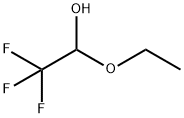
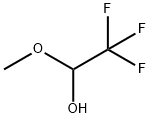
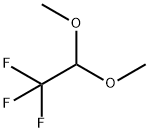





You may like
-
 2,2,2-Trifluoro-1,1-ethanediol (contains Total ca. 35% Water) CAS 421-53-4View Details
2,2,2-Trifluoro-1,1-ethanediol (contains Total ca. 35% Water) CAS 421-53-4View Details
421-53-4 -
 Pyridine 99.5% HPLC /UV SpectroscopyView Details
Pyridine 99.5% HPLC /UV SpectroscopyView Details
110-86-1 -
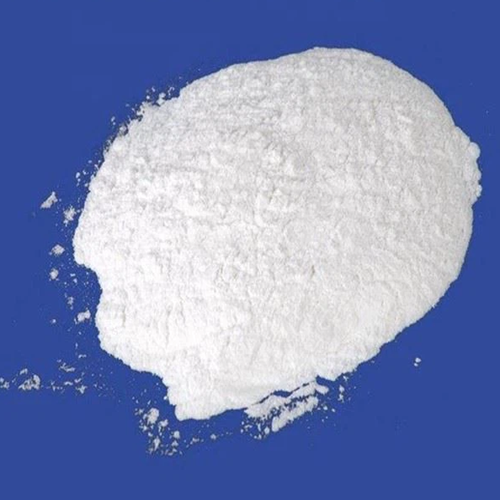 Guanine , 99%View Details
Guanine , 99%View Details
73-40-5 -
 Piperazine Spot supply, best priceView Details
Piperazine Spot supply, best priceView Details
110-85-0 -
 Dibutyl PhthalateView Details
Dibutyl PhthalateView Details
84-74-2 -
 Imidazole Spot supply, competitive priceView Details
Imidazole Spot supply, competitive priceView Details
288-32-4 -
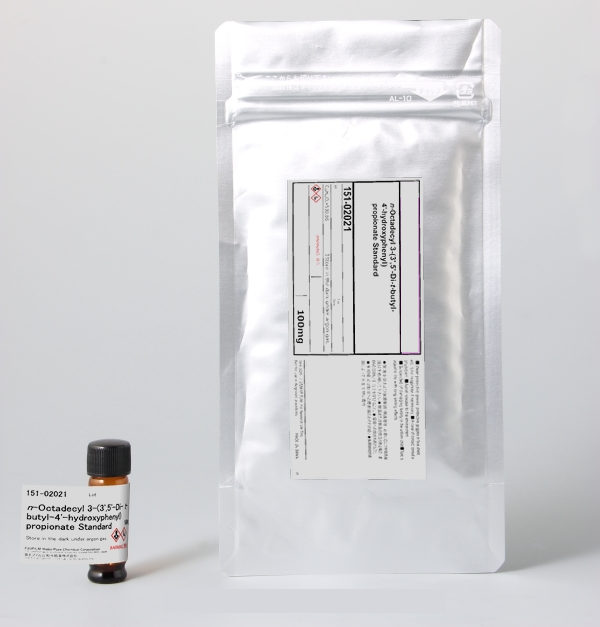 Octadecyl 3-(3,5-di-tert-butyl-4-hydroxyphenyl)propionate 98% (GC)View Details
Octadecyl 3-(3,5-di-tert-butyl-4-hydroxyphenyl)propionate 98% (GC)View Details
2082-79-3 -
 Thiourea 99% ARView Details
Thiourea 99% ARView Details
62-56-6
